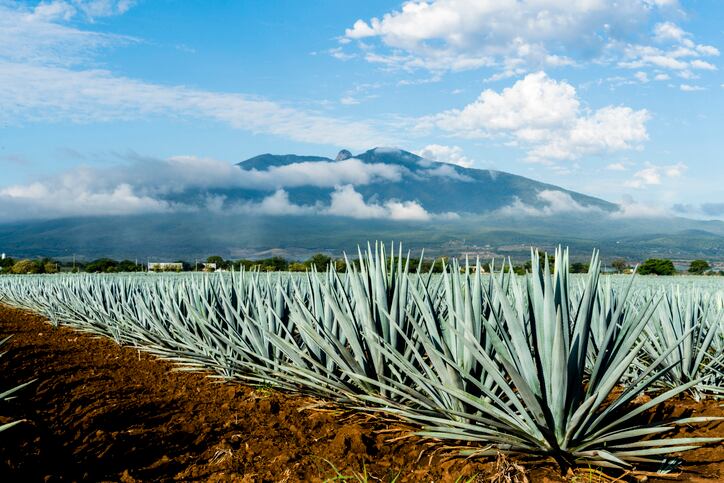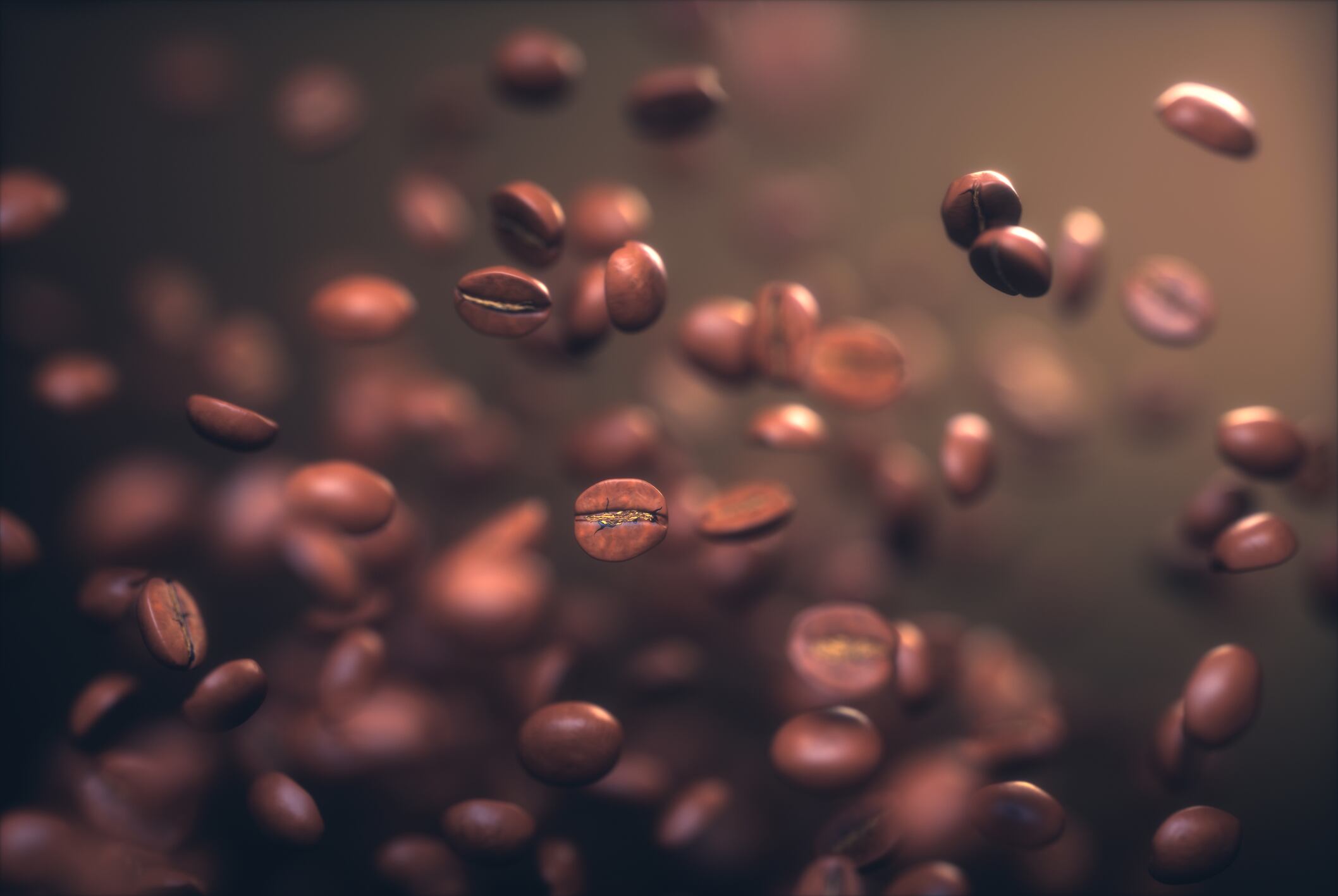Acquired in 2014 by Japanese giant Beam Suntory, one of the largest spirits producers in the world, Casa Sauza claims to be the first tequila producer to use hydrolysis.
According to Casa Sauza’s tequila expert, Luis Alberto Barajas, this step is what makes Casa Sauza’s tequila production more efficient.
“In any other factory, the first thing they do is to put the agave into an autoclave oven and cook the cacti for an average of 30 to 40 hours,” he said, speaking to FoodNavigator-LATAM at the company’s hacienda and distillery in Tequila, Jalisco where its tequila is still made.
“But that method is much slower to cook the agave and you also lose a lot of agave. […] To make one liter of tequila, we use an average of 5 kg of agave while other factories use an average of 10 kilos.”
Gentle extraction
Casa Sauza shreds the agave piña – the core fruit with leaves removed – in three separate shredding processes. This allows for a more gentle extraction of the sugars contained in the agave fibers, and results in a solution of water and agave sugar.
This agave juice contains complex sugars, such as inulin, that are then transformed into fermentable sugars – fructose and glucose – during the six-hour hydrolysis process.
Hydrolysis also improves the tequila’s flavor, according to Alberto Barajas, because it results in agave juice in liquid form, which ensures a uniform cooking.
Casa Sauza’s tequila, for instance, is defined by notes of fresh agave and herbs thanks to the process, he said.
“On the other hand, if I put whole agave cacti in the oven, parts will be more cooked than others, and in the middle some parts will be raw. That changes the characteristics of the tequila.”
Once the hydrolysis is complete, the sugars are anaerobically fermented in stainless steel tanks using a proprietary blend of yeasts and nutrients for around 24 hours.
The fermented agave juice is then distilled to remove water and filtered before being aged in casks. The remaining fibers, known as bagasse, are treated to remove acidity and then composted.
Improving with age
Tequila used to be marketed and sold as ‘mezcal wine’ or ‘Mexican whiskey’ but is today recognized as a premium spirit that enjoys protected designated origin status.
This was recently recognized by the European Union, which added tequila to the EU register of protected geographical indications (PGI), alongside pisco from Peru and ron from Guatemala.
Around one-quarter of Casa Sauza’s production is for the domestic Mexican market while the rest is exported to over 70 countries around the world. The US is its biggest export market.


